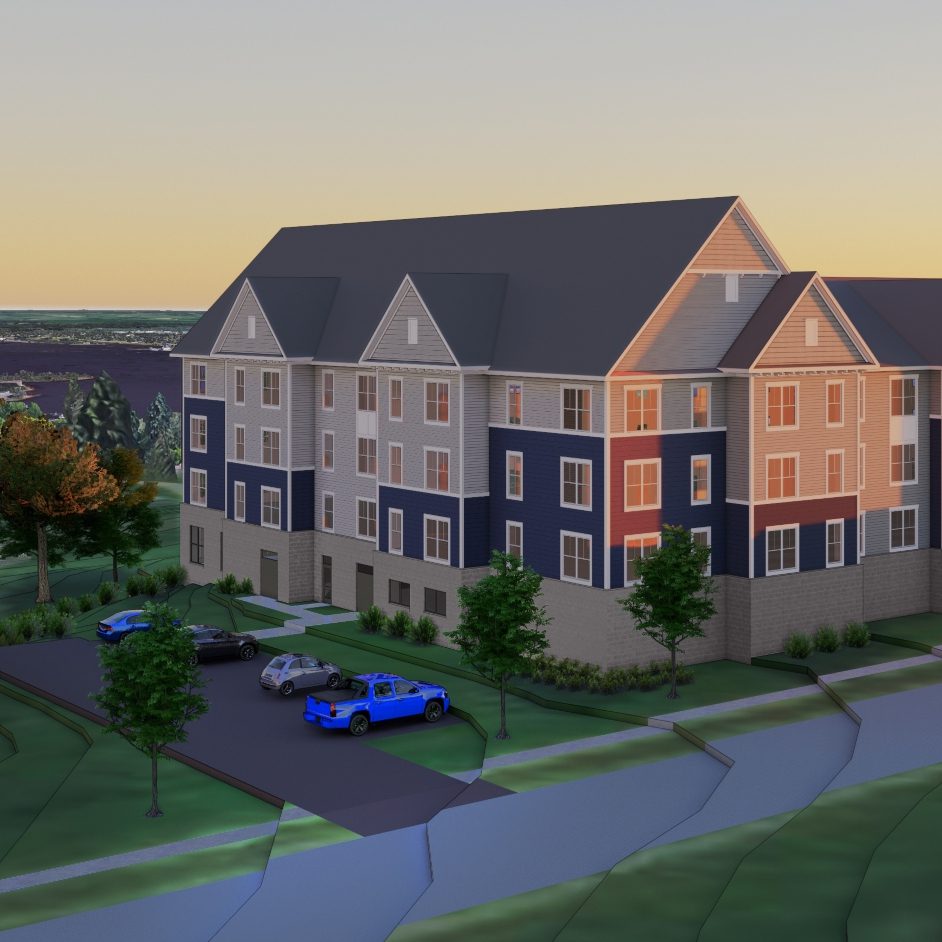As any design team or building owner will tell you, the energy efficiency of a building is important to both its environmental and financial impact: the stronger the building code, the better the outcome. But stronger building codes don’t just appear overnight. Codes and Standards (C&S)* programs work to advance building energy codes and appliance standards. Typically involving both the State and energy utility providers, C&S programs are considered a favorable strategy for achieving significant energy savings because of their high cost-effectiveness and the mutually beneficial outcomes they provide.
Ultimately, the long-term goal of these programs is to advance said codes and standards to help reduce statewide carbon emissions, increase energy grid flexibility, and reduce consumer energy costs. These outcomes are advantageous, in part because they contribute to Minnesota’s annual 1.5% energy savings goal. They also reflect the Minnesota Department of Commerce and Department of Labor & Industry recommendation that the current statewide commercial energy code be advanced and accelerated so that it achieves net-zero by 2036. To meet these targets successfully, Minnesota needs a plan for collaboration with electric and gas utilities on energy codes and appliance standards – things that a state C&S program can provide.

Because of this, the LHB Research Studio, along with 2050 Partners, Slipstream, and Midwest Energy Efficiency Alliance, worked to research and develop a Minnesota Codes and Standards Roadmap. This research was performed through the Minnesota Department of Commerce’s Conservation Applied Research and Development (CARD) program. As well as providing pathways for program development, the final report recommends that Minnesota adopt a statewide, utility-led C&S program to advance state energy codes and appliance standards.
Thankfully, state C&S program development is not something that we are walking into blind: pilot code programs have been conducted in Minnesota and have shown incredible promise. In one three-year pilot program, 70% to 87% of potential energy savings were able to be captured, and it was identified that operating the program at the city level was more effective than working with design teams directly.
We also have examples from other states, such as Massachusetts and California, which have well-established utility led C&S programs. California’s C&S program, which initially focused solely on building energy code and appliance standard advancement, continues to be a major source of net energy savings. In 2020, it was found that California utility C&S programs made up only 7% of energy efficiency program budgets, yet were projected to provide 80% of lifecycle net electricity savings and 56% of gas.

But obviously, a statewide program that directly affects building energy codes has large implications for the way we create buildings. So for design teams and their work, one of the main questions is this: what would a statewide C&S program look like for commercial buildings, and how would design teams be impacted?
Because C&S programs cover more than buildings—appliances, engagement, planning and coordination, and so on—it’s recommended that Minnesota create a subprogram to support improved building code compliance specifically. Put simply, this subprogram means that design teams will need to prioritize strategies for commercial building energy reduction in their work. An energy code compliance subprogram would provide design teams with tools and resources to work with code officials in the early design stages, as well as support clearer documentation of code elements in project documents. The aim is to do this through a variety of ways, including providing educational resources and working more closely with code officials.
Design teams will also have to stay up to date with an accelerated code adoption cycle: Minnesota’s six-year cycle may be lowered to a three-year adoption cycle. As energy codes become more rigorous over time, energy codes will eventually introduce things like renewable energy standards. One example of this is shown below for commercial energy codes.

While working closely with code officials and greater emphasis on code compliance in design stages does mean more work for design teams, the results are worth it. In a 2020 study on commercial energy code compliance in Minnesota conducted by Slipstream and LHB, it was found that non-compliance with control code elements and commissioning contributed to over 75% of lost energy savings in commercial buildings. 42% of the projects included in the sample did not indicate whether IECC or ASHRAE code pathways were being used.
By increasing understanding of code pathways and explicit specifications on construction documents, design teams can support statewide energy savings efforts in simple yet effective ways. This starts with providing necessary support to design teams so they have the resources available to see these energy goals realized. Therefore, our roadmap for a statewide, utility-run C&S program recommends:
- Providing education to owners about the value of commissioning,
- providing owners, project teams, and commissioning agents with more clear guidance on the commissioning expectations for their project, and
- supporting the enforcement of controls through plan review to make sure all elements are well-documented.
To learn more, please contact the LHB Climate Solutions Studio.
* DEFINITIONS
Codes and standards program: A program run by state utilities or state government to support compliance with, and development of, energy codes and appliance standards. C&S programs are cost-effective, lower energy use and greenhouse gas emissions, and can help lower energy costs to consumers.
Code: State and national regulations that inform and guide the construction and renovation of commercial and residential buildings.
Standards: Standards that appliances and other equipment are required to conform to, i.e. minimum water efficiency levels for a washing machine.

